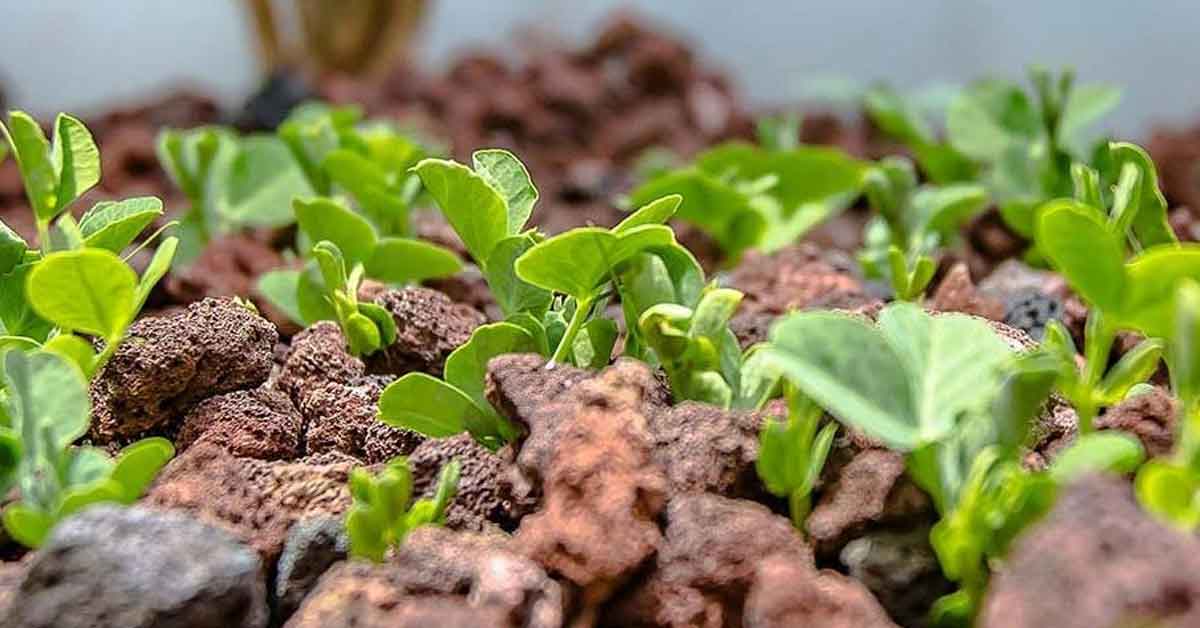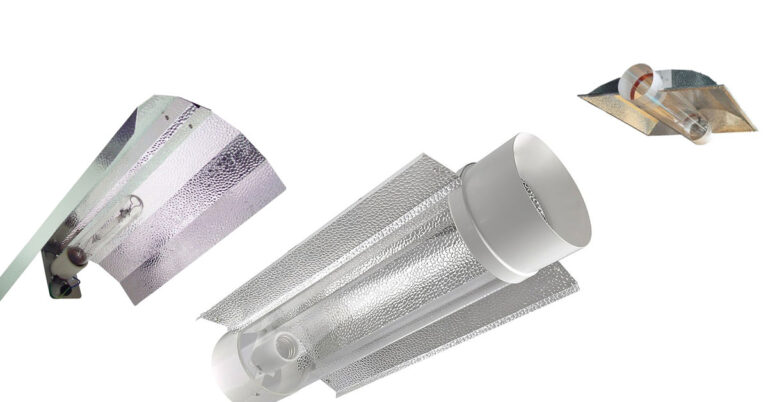Lava Rock For Hydroponic
With the increasing popularity of hydroponics, more and more gardeners are exploring the benefits of alternative growing media. One such medium that is gaining traction is lava rock.
Lava rock has been used for centuries as a natural filter media and as a decorative element in landscaping. It is a porous and lightweight material that is formed from solidified lava, making it an attractive choice for hydroponic systems.
What is Lava Rock?
Lava rock is a type of volcanic rock that is produced during volcanic eruptions. When lava flows out of a volcano, it cools and solidifies on the surface, creating a rock-like substance that is porous and lightweight.
Lava rock is typically black or brown in color and has a rough, jagged texture. It is often used as a decorative element in landscaping, as it adds an earthy texture to gardens and outdoor spaces. However, it is also an ideal medium for hydroponic systems due to its unique properties.
Usage
Lava rock is an excellent choice for hydroponic systems due to its porous and lightweight properties. The porous nature of lava rock allows for excellent air circulation, which is crucial for healthy root development.
Additionally, lava rock does not retain water, meaning that it provides excellent drainage, preventing root rot and other issues that can occur in hydroponic systems. Lava rock is also resistant to fungal growth, making it a great choice for organic hydroponic systems.
Benefits
Using lava rock in hydroponic systems can have many benefits. Firstly, it is an affordable and readily available growing medium that can be used for a variety of plants.
Secondly, lava rock is long-lasting and can be re-used for several growing seasons, making it a more sustainable choice than other growing media. Additionally, due to its lightweight nature, it is easy to handle and transport, making it ideal for small-scale hydroponic systems.
Finally, lava rock is a natural material that does not contain any harmful chemicals or additives, ensuring that your plants are grown in a safe and organic environment.
How to Use
Hydroponics is a method of growing plants without soil, using water and nutrients instead. One of the most popular growing media for hydroponics is lava rock, which is a porous and lightweight volcanic rock that’s great for water retention and aeration.
In this article, we’ll cover how to use lava rock in hydroponics, including choosing the right type, preparing it, and using it in your system.
Choosing the right type of lava rock
When selecting lava rock for hydroponics, it’s important to consider the size and quality of the rock. Lava rock comes in different sizes, typically ranging from 1/4 inch to 1 inch, and selecting the right size depends on what type of plants you’re growing. For larger plants, you’ll want to use larger sized lava rock.
Additionally, some lava rock contains high levels of heavy metals that can be toxic to plants. Therefore, it’s important to purchase high-quality lava rock that’s free of these contaminants.
Preparing the lava rock
Before using lava rock in your hydroponic system, it’s crucial to clean and sterilize it. Begin by rinsing the rock in water to remove any dust or debris. Next, place the lava rock in a bucket of water and add hydrogen peroxide or bleach to sterilize the rock. Allow the rock to soak for several hours before rinsing it again to remove any residual chemicals.
Using lava rock in your hydroponic system
Lava rock can be used in several different hydroponic systems, including ebb and flow, drip irrigation, and NFT systems. Simply place the prepared lava rock in the growing container and add the appropriate nutrients and water.
The lava rock will absorb the water and keep the plant roots moist while allowing for proper aeration. Additionally, lava rock can be reused multiple times, making it a cost-effective option for hydroponic growers.
Advantages and Disadvantages
Hydroponics is an innovative agricultural system that does not rely on soil. Instead, it uses a mineral nutrient solution in water to allow the plants to grow. One of the commonly used media in hydroponic systems is lava rock, which is a type of volcanic rock.
Like any other media, it has its advantages and disadvantages. In this article, we will explore the pros and cons of using lava rock in hydroponics.
Advantages
Porous and Lightweight
Lava rock is porous, providing a lot of surface area for beneficial bacteria to colonize. These bacteria convert the nutrients in the solution into a form that the plants can use. Also, the porosity allows for good air circulation, which is essential for root development. Additionally, lava rock is lightweight, making it easier to handle than other dense media such as rocks or pebbles.
Holds Nutrients Well
Lava rock has a high cation exchange capacity, meaning that it can hold onto nutrients and release them to the plants as needed. This capability ensures that the hydroponic plants receive adequate nutrients for optimal growth.
Resistant to Pests and Diseases
Another benefit of lava rock is that it is resistant to pests and diseases. It does not attract insects or harbor pathogens, making it a clean and safe medium for hydroponic cultivation.
Inexpensive and Easy to Find
When it comes to affordability and availability, lava rock is an excellent choice. It is inexpensive and readily available at garden centers, hardware stores, and online shops.
Disadvantages
Can Be Heavy and Difficult to Handle
Despite its lightweight nature, lava rock can be heavy in larger sizes, making it cumbersome to handle. This issue can be a significant challenge during the installation of the hydroponic system.
Can Break Down Over Time
Lava rock is not a durable material and can break down over time. The small particles created throughout its useful life can clog the system, leading to malfunctions.
Can Harbor Bacteria
While lava rock is resistant to diseases and pests, it can harbor bacteria. As pores accumulate organic matter, they become a breeding ground for unwanted microorganisms. Therefore, once the pores are clogged, the media should be replaced.
Conclusion
Whether or not to use lava rock in hydroponics is a personal decision that depends on various factors. While lava rock has been a popular choice among hydroponic growers for its natural porous properties and versatility, it may not be suitable for all types of plants.
Factors such as plant type, budget, and personal preferences should be taken into consideration before making a decision. Some plants thrive in more moisture-retaining media, while others require good drainage and aeration.
Lava rock can be heavy and expensive compared to other hydroponic substrates, which may not be feasible for those on a tight budget.
Moreover, it is essential to research the different types of lava rock and their specific properties. Different types of lava rocks have varying levels of porosity, weight, and durability, which can significantly impact their effectiveness in hydroponic systems. The wrong type of lava rock may cause clogging, waterlogging, or nutrient imbalances, leading to poor plant growth.
In conclusion, we advise prospective hydroponic growers to do their research and assess their unique growing needs before deciding whether or not to incorporate lava rock into their systems.
While it can provide many benefits, it is not a one-size-fits-all solution, and different plants and growers may require different hydroponic substrates to achieve optimal yields and growth.







